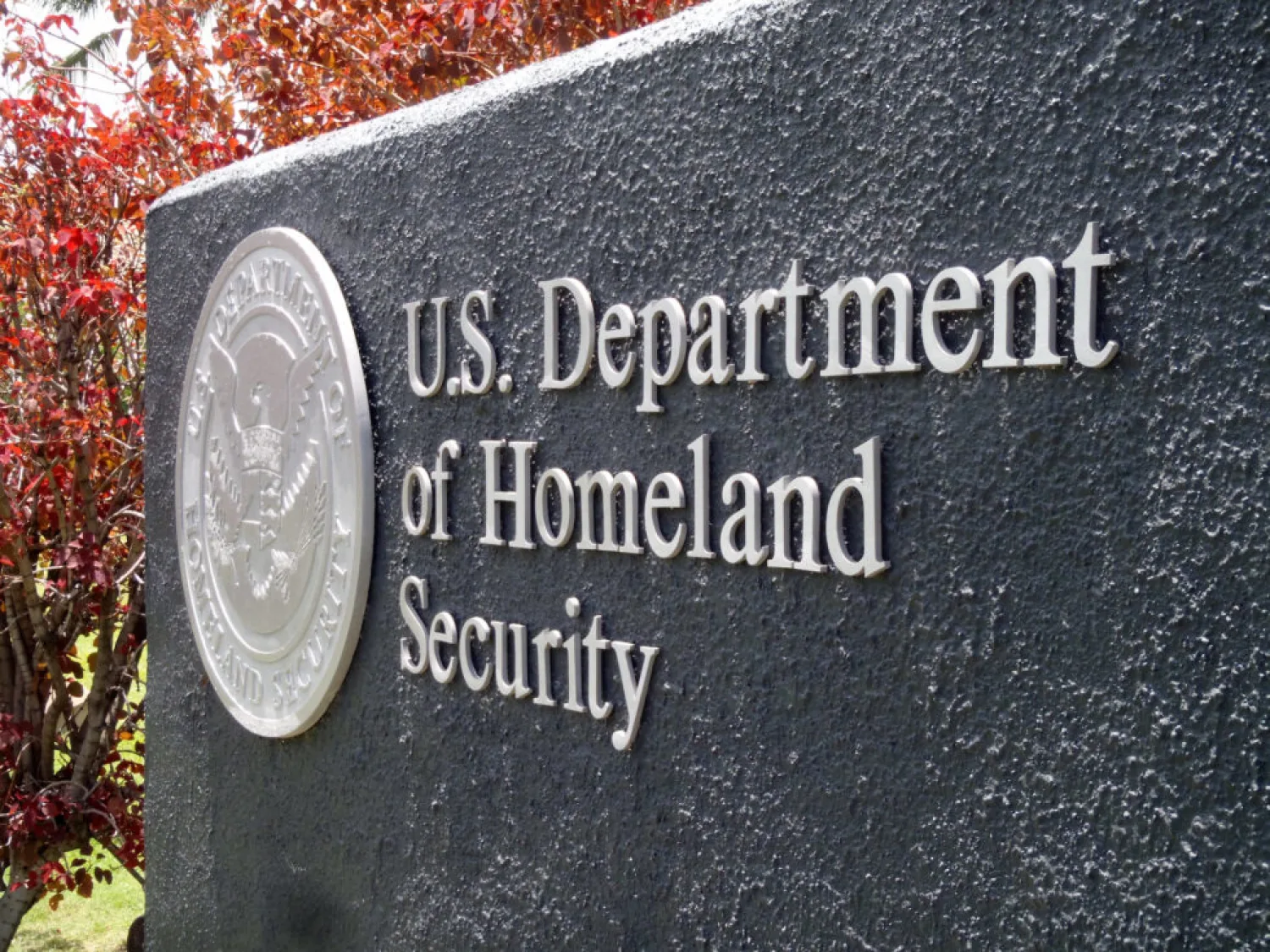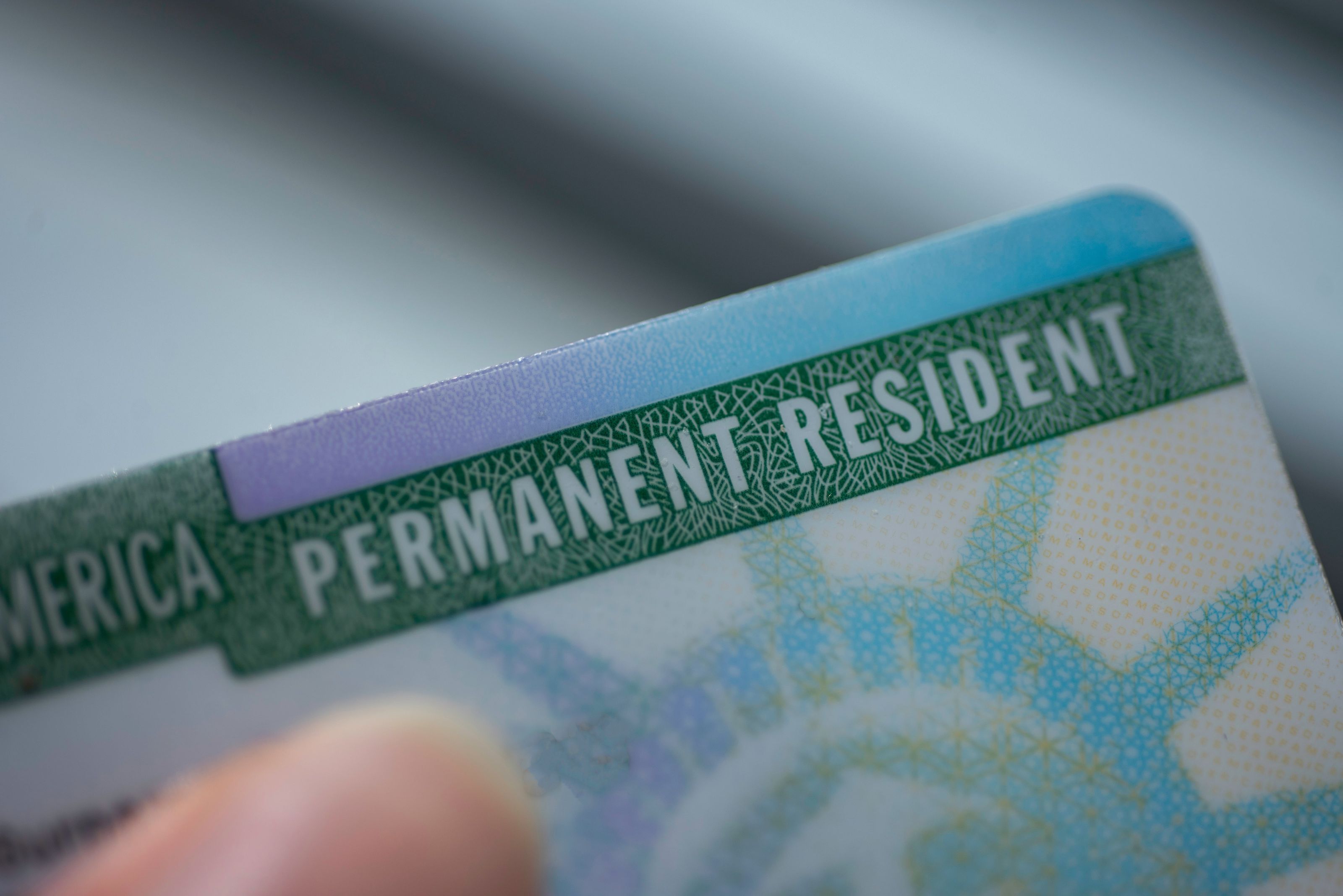
.svg)
The Department of Homeland Security (DHS) is now asking employers enrolled in E-Verify to proactively check whether any current employees have had their work permits revoked.
To do this, employers should generate a status change report through the E-Verify system. This report will identify workers whose employment authorization may no longer be valid, even if their physical work permit still appears current.
This is a change from previous DHS procedures, which included case alerts and other notifications. Going forward, employers are expected to monitor authorization status directly through E-Verify.
We’ve guided employers through every major immigration shift, and this one is no different. Simplify your immigration program with Boundless. Learn more.
What’s Behind the Change
This update follows a Supreme Court decision allowing DHS to move forward with the termination of parole and Temporary Protected Status (TPS) for some individuals. Many of those affected entered the U.S. through the Cuba, Haiti, Nicaragua, and Venezuela (CHNV) parole program, which was launched in 2023.
While DHS has begun notifying affected individuals directly, employers are not automatically alerted. That’s why the agency is encouraging E-Verify users to run status change reports and take appropriate next steps.
Importantly, many people admitted through CHNV now have pending asylum, TPS, or green card applications, which may allow them to remain in the U.S. and continue working lawfully.
What Employers Can Do
DHS guidance outlines the following steps:
- Generate a status change report in E-Verify to identify potentially affected employees.
- If someone appears in the report:
- Check whether they have another valid form of work authorization.
- If they do, update their Form I-9 using Supplement B.
- If they don’t, the individual may no longer be eligible to work.
If your company is not enrolled in E-Verify, consider reviewing your employment records and consulting legal counsel to assess whether any workers may be affected.
Employers should also keep in mind that anti-discrimination rules still apply. Reviewing employee authorization should be done uniformly and not based on someone’s country of origin.
What This Means for Workers
If you’re a worker who received parole through the CHNV program, you may receive a notice from DHS about changes to your status. If your work permit has been revoked, but you now qualify for another immigration status, you may still be eligible to work.
Talk with your employer, check your USCIS account, and if needed, update your employment documents to reflect your current status.
The Bottom Line
This change shifts more responsibility to employers to monitor work authorization through E-Verify. But there are clear steps both employers and workers can take to stay informed and in compliance.
{{cta-component-center-aligned}}
.png)
.png)
.png)








.svg)
.avif)